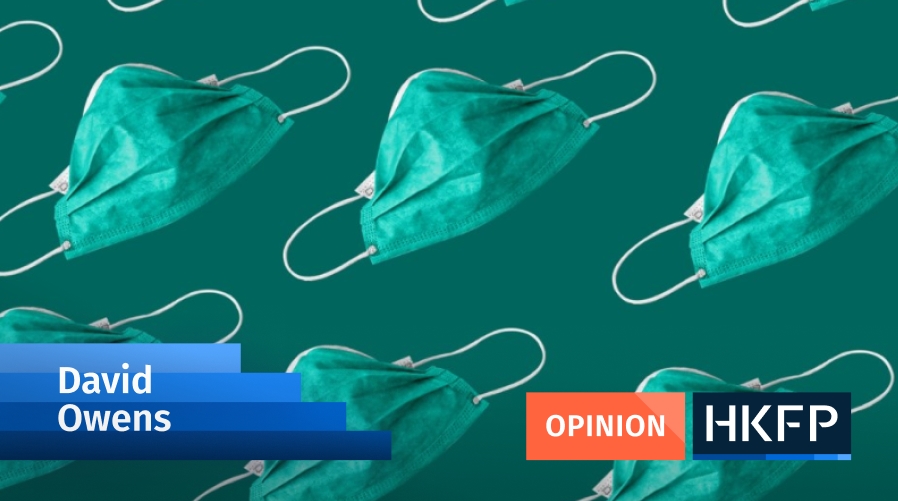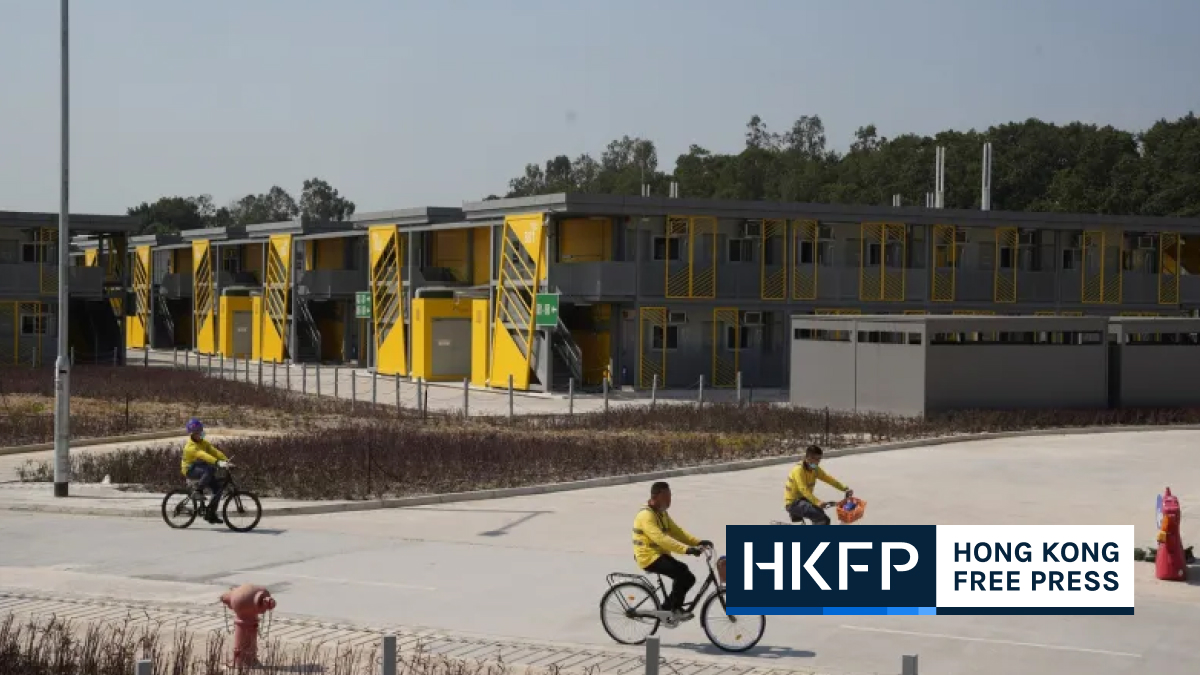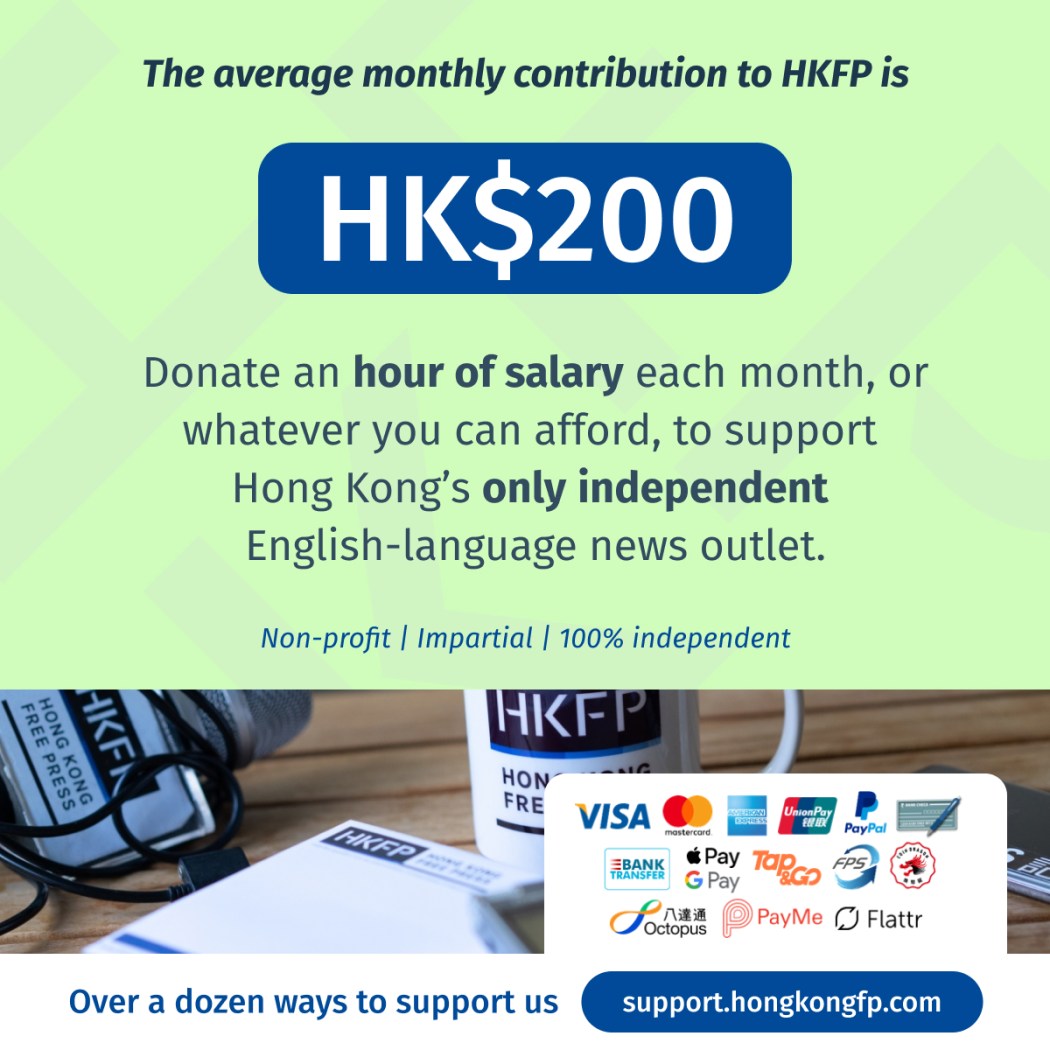As the number of Hong Kong’s Covid-19 patients spirals beyond 55,000 and the death toll reaches some 200 a day, authorities have struggled to inform the public about just how many have perished due to the coronavirus over the past two years.
The delays, confusion and different platforms and agencies involved in keeping a tally make it difficult for researchers, medics, reporters and residents to assess the impact of the disease on the city.

Since the pandemic began in early 2020, whenever the city recorded locally transmitted Covid-19 infections or deaths, health officials would typically host afternoon press conferences to report on the latest figures and patient details. Familiar faces of officials from the Centre for Health Protection would announce the infection tally, while those from the Hospital Authority (HA) were tasked with presenting the number of deaths or those in a severe or critical condition at public hospitals.
The HA, however, only looks after data recorded in the public medical system: the death toll they announce – up to 1,546 as of Friday – includes only those who died with Covid-19 at their facilities. The number also excludes those who died before reaching a hospital and tested positive post mortem.
Deaths outside the system
The HA began publishing the accumulated number of deaths that occurred in its system for the first time on June 20, 2020. It declared five deaths – six months after the world came to know of the virus spreading in Wuhan, and almost three months after the UK was recording over 1,000 deaths a day.
Since then, the authority has announced daily numbers of deaths at press conferences as well as in text press releases on the day they occurred, or the day afterwards. However, the authority does not provide data in a format that would allow for further analysis on a spreadsheet.
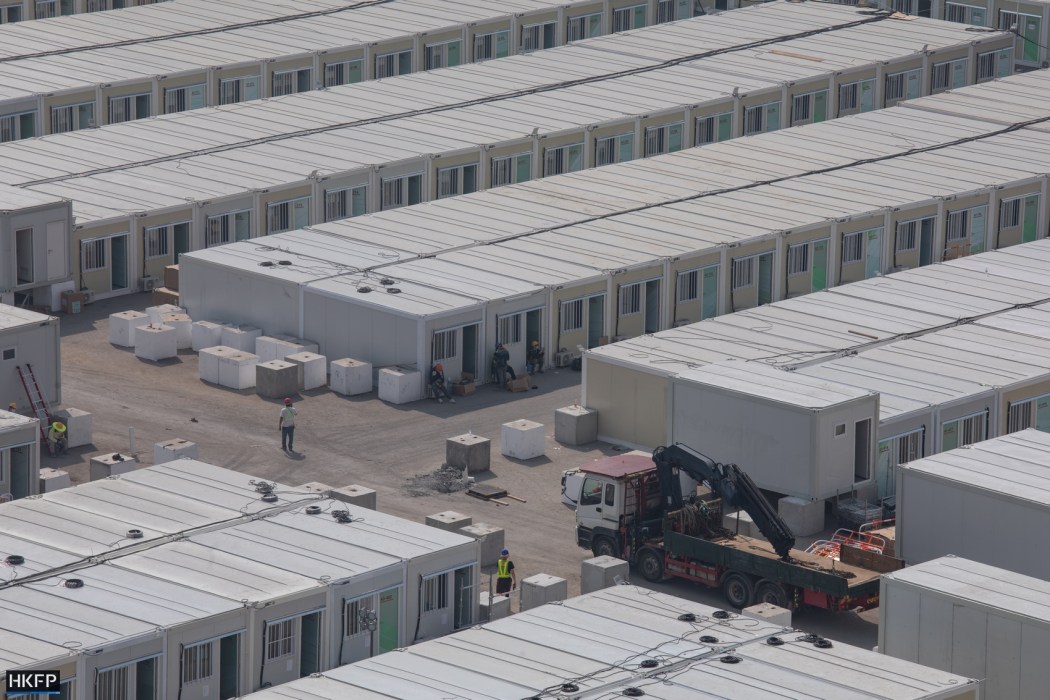
Meanwhile, the Centre for Health Protection (CHP) – a Department of Health branch that deals with infectious diseases – is responsible for tallying the number of people who tested positive with the coronavirus but died outside the public healthcare system.
Among the deaths excluded by the HA, but made public by the CHP, were a 77-year-old patient who died at the Hong Kong Sanatorium & Hospital on November 25, 2020, and pro-government firebrand Leticia Lee, who died in December that year at a public hospital emergency room soon after she was taken in. The fact that she tested positive for Covid post-mortem was first revealed by the media. These deaths also included a Bangladeshi man who died aboard a cargo ship – his body was brought ashore and tested positive after the ship docked in the city in June 2021.
These cases were typically announced at afternoon Covid press conferences and then relayed to the public through the press, sometimes in detail, but were not included in the department’s routine Covid press releases in print.
Before the fifth wave hit, these numbers would be added to the death toll on the CHP’s “latest situation” dashboard. By the start of the fifth wave in February this year, the dashboard figure showed that the city had 213 deaths – eight more than the HA’s tally of 205.
But by February 11, the live CHP dashboard death toll began to diverge more and more from the figure announced by the HA. The gap had closed again by March 2.
Instead of displaying eight outside-hospital deaths more than the HA, the CHP’s death count appeared to be slowing, even as deaths piled up in public hospitals. For instance, on February 28, the HA said the city accumulated a total of 841 deaths in public hospitals, but the CHP dashboard indicated a total of 744 – a shortfall of 97.

Indicators showing the daily case increases were also in flux. The daily increase is shown on the CHP dashboard with a triangular symbol – on February 23, it stood at 49, yet the HA only announced 24 deaths that day, plus a backlog of 19 people who died on an unspecified day. By Wednesday, the HA said it had recorded a total of 1,172 deaths, but the CHP dashboard indicated a total of 1,168 – a difference of four.

Residents or journalists tracking Covid-19 figures closely since the start of the pandemic may rely on press reports and deduce that the city would have recorded 1,546 deaths at hospitals and eight deaths outside of the facilities, resulting in a grand total of 1,554. One Twitter user who keeps close tabs on the epidemic in Hong Kong – Tripperhead – for example, has been adding eight to the hospital figures in his own tally.
However, this figure was not made official until Thursday, three days after HKFP enquired with the CHP about its statistics. The daily tally of deaths in and outside hospitals during the fifth wave was also corrected, though the department never replied to HKFP’s questions.
University of Hong Kong microbiologist Ho Pak-leung on Tuesday made note of the data mismatch in a Facebook post. The CHP’s main point of Covid daily updates for the public – a PDF published online – provides no daily death tally, nor is the figure included in daily press releases in print, he noted. It is not available on government Facebook pages such as TamarTalk, nor its corresponding Telegram channel dedicated to Covid updates. Meanwhile, the HA’s daily numbers were announced only at its press briefings and in press releases stored on a government website, with no comprehensive archival data available.
‘No data’
Albert Au, principal medical and health officer at the CHP, said during a routine Covid press conference on Wednesday that deaths which occurred outside of the HA system would be included in the CHP tally.
Au was unable to provide the grand total but said its press office would pass on the figure in writing. However, his office has not returned HKFP’s repeated requests for data and comment as to why its data has diverged from the HA’s as the fifth wave progressed.
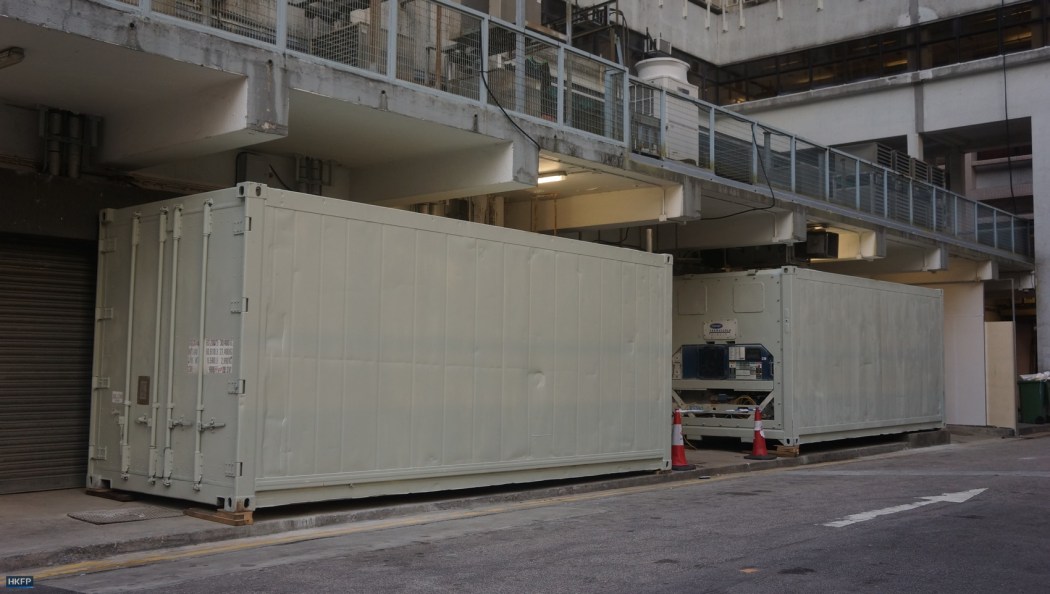
Meanwhile, as hospital morgues run out of space, Larry Lee of the HA said the agency began installing refrigerated containers outside its hospitals to store up to 500 bodies temporarily, Lee said. However, the office had “no data” on deaths outside of its system.
A spokesperson also declined to provide original data for its death toll, but said “the data collected from [the] frontline may be delayed, which causes a backlog in the information announced at the daily 4:30 press briefing and press release…”
The spokesperson added that they strive “to the best of [their] knowledge” to ensure the data releases is “accurate and reliable,” the spokesperson said.
Following HKFP’s enquiries, the HA’s daily press releases began including the number of deaths at public hospitals “confirmed by the CHP” as well as those “pending confirmation.”
Having accurate mortality data is essential for evaluating political and public health decisions, and an issue with data may have deeper implications as the city begins to see itself ranked among the world’s highest death rate per a million people, according to a Bloomberg report.
But underreporting Covid-19 death tolls is a global phenomenon, especially when there is a surge in infections, and patients die before they can obtain test results from overwhelmed medical institutions. Studies on underreported Covid-19 deaths were conducted worldwide using machine learning models by comparing pre-Covid death rates to current figures, or even by doing door-to-door surveys.
One University of Washington study, which compared post-Covid global mortality to mortality projections from previous years, said in May 2021 that the pandemic may have taken twice as many lives as official figures suggested. However, this approach was also criticised by demographers, who said it did not take into account changes in population structures. Uncovering the pandemic’s true toll on human lives remains an ongoing area of investigation among public health and demographic researchers around the world.
Support HKFP | Policies & Ethics | Error/typo? | Contact Us | Newsletter | Transparency & Annual Report | Apps
Help safeguard press freedom & keep HKFP free for all readers by supporting our team



